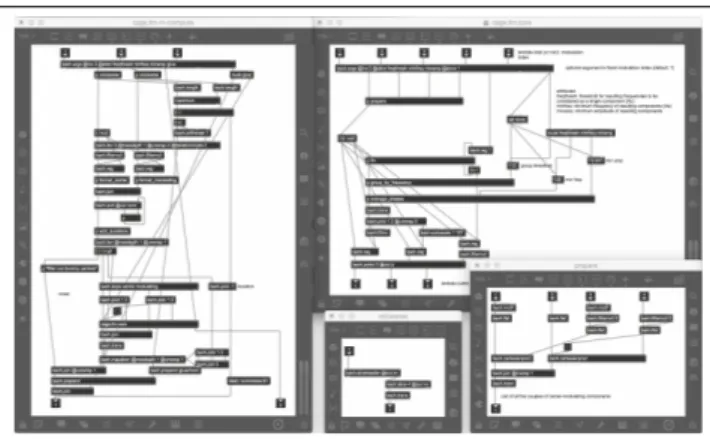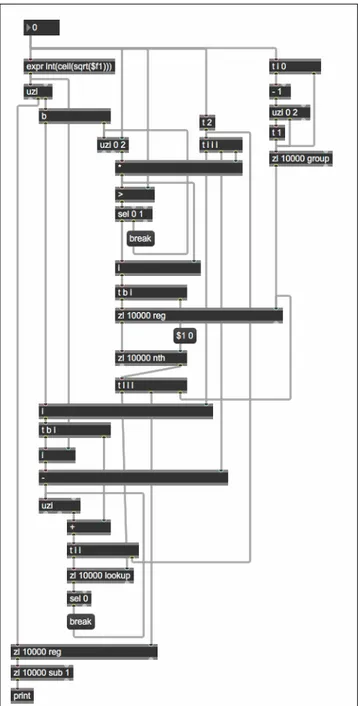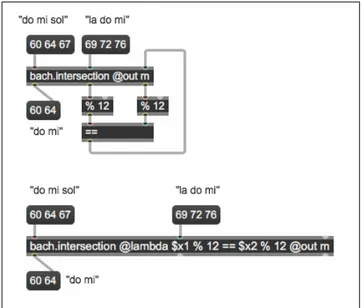PROGRAMMER EN MAX AVEC bell
Texte intégral
Figure




Documents relatifs
Unlike those previously related works found in literature, with the exception of the authors’ preliminary work [7], in this paper we are interested in the following problem, to
Moreover, the results on reachability analysis of uMPL systems are used to solve the conditional reachability problem, which is closely related to the support calculation of
Cette condition est ensuite utilis´ ee dans la proc´ edure 1 de d´ eterminisation afin d’´ elargir la classe d’automates max-plus pour lesquels celle-ci aboutit.. 5 Apports pour
Homocysteine plasma levels in patients treated with antiepileptic drugs depend on folate and vitamin B12 serum levels, but not on genetic variants of homocysteine
The main interest in these results is to assert that we can always K -majorize the state vectors of a linear max-plus system through the construction of K -monotone bounds of the
Preceding the first general transience bound by Hartmann and Arguelles [13], a number of upper bounds on the transient of certain max-plus linear systems in computer science
In this paper, we explore classical concepts in linear representations in machine learning and signal processing, namely approximations from a finite basis and sparse
The largest eigenvalue of A u and the largest eigenvalue of A s are lower bounds of the optimal cycle time of the periodic jobshop problem.. Proof : Considering the